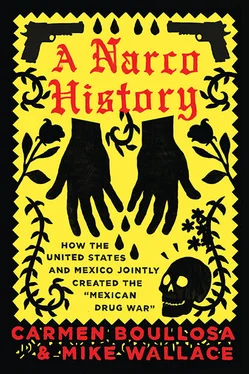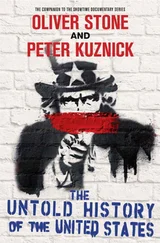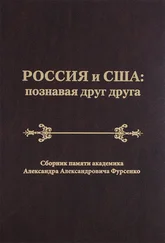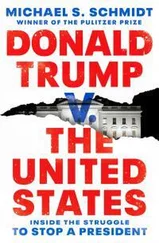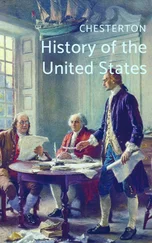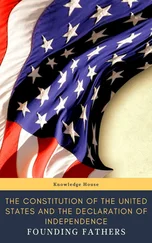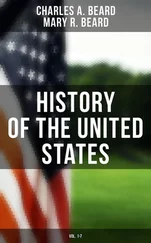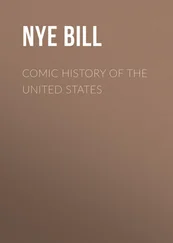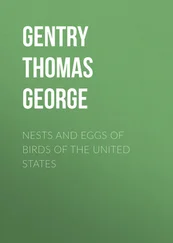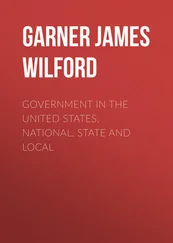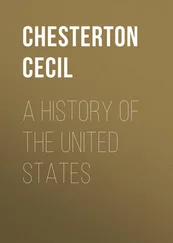These assessments underlie the organization of this book. We will first undertake an overflight of a century of U.S./Mexico relations, setting the commerce in drugs, and the attempts at its repression, in the context of the larger political, economic, and ideological transformations experienced by both countries. Then we will track in greater detail the last decade’s drug war proper, when a tsunami of violence swamped Mexico. Finally we will return to the story of the Forty-Three, which by then, we hope, will have become more comprehensible, and conclude with some thoughts on how both the U.S. and Mexico might turn some new pages in their respective and joint histories. In particular, we will suggest that the fury aroused by the Forty-Three affair, and the subsequent determination of Mexicans to pursue fundamental changes, might best be directed not only into indispensible remakes of its political, economic, and criminal justice systems, but also into ending the century-old criminalization regime itself, which we believe has in large part been responsible for the current situation.
— Carmen Boullosa and Mike Wallace
Brooklyn/Coyoacán
January, 2015
1 It seems odd that the buses didn’t make a left on Eutimio Pinzón, and left again on Avenida General Álvaro Obregón, and then head south nine blocks to the highway, rather than driving north, into the congested and likely dangerous center. But perhaps there was some obstruction at the critical juncture. Such things are always clearer in hindsight, and at a calm distance from the tempestuous reality.
2 One of the many remaining mysteries is why, if the murders committed that night were done by gangsters intent on hiding their deeds, they would signal their involvement by dumping a mutilated corpse in a public place, a signature method of cartel assassins. As we will show, the narco modus operandi for dealing with dead victims was either to make a great public show of the murder — hanging bodies from highway overpasses, dumping them at town hall doorsteps, videotaping the killing itself— or to hide the bodies, usually in mass graves, or dissolving them in acid, or burning them down to ash and bone. It is odd that in this case they did both at the same time.
We begin north of the Rio Grande, the source of the insatiable demand for, and interdiction of, narcotics from Mexico. In the United States, the use and sale of various psychoactive drugs — notably opium, marijuana, and cocaine — had been perfectly legal in the nineteenth century and into the early years of the twentieth. Indeed, drug peddling had become big business. Pharmaceutical and patent medicine companies added opium derivatives (morphine, laudanum, heroin) to home remedies for assorted ailments, opiates being one of the few effective forms of pain control available. The typical opium user was a middle-aged, middle-class, white woman. Cocaine, too, was added to medicinal and recreational commodities ranging from cigarettes to soft drinks. Coca-Cola was tinctured with coca leaves until 1903.
Slowly during the 1890s, then with mounting determination during the 1900s and 1910s, a variety of players promoted the criminalization of narcotics, a movement that paralleled the simultaneous push to outlaw alcoholic beverages. These drug prohibitionists included: doctors newly aware of the additives’ addictive capabilities (and who now had, in aspirin, an effective substitute); muckrakers who denounced corporations for using drugs to hook customers on their products; and anxious racists of various stripes, such as southern whites who claimed cocaine drove Negroes to rape white women, and anti-Chinese activists who charged them with using opium to seduce white women. As David Musto notes, it was not fear of drugs per se that drove the prohibitionists, so much as fear of the social groups who used them.
First, some state governments were won over to prohibition. Then, in 1906, the Pure Food and Drug Act required manufacturers to list the ingredients in their narcotics-laden products, alarming many of the housewives who unwittingly had been spooning opiates to their children. In 1909 the Smoking Opium Exclusion Act successfully barred importation of the form in which most Chinese ingested the drug — putting opium dens out of business — while exempting medicinal versions used by white Americans. The 1909 initiative was prompted, also, by American businessmen’s desire to break Europe’s (and especially England’s) grip on the lucrative China market, as it was thought (correctly) that banning opium would play well with the Chinese authorities who were then trying to stamp out the widespread use of a drug that, since the 1840s, had been pushed on them at gunpoint by the British.
These proscriptions had several unanticipated consequences. Scarcity drove up the price, which attracted criminal traffickers. It also induced former opium smokers to switch to more potent and more dangerous derivatives, like morphine and heroin. The prohibitionists responded by tightening restrictions. They also pushed for international criminalization — winning in the Hague Convention of 1912 commitments from several nations to restrict opium and cocaine. In the U.S. they won passage of the Harrison Act in 1914, which prohibited all non-medicinal use of opiates and cocaine, though not cannabis, which was (correctly) adjudged to be relatively harmless.
The United States had declared war on drugs.
The subsequent shortages, and skyrocketing prices, drew a new generation of gangsters to the trade (Lucky Luciano’s first arrest, in 1916, was for peddling opium). With passage of the Eighteenth Amendment and the Volstead Act in 1919, the production, distribution, and sale of alcoholic beverages were banned, triggering the shift from licit to illicit purveyors that spawned modern organized crime in the U.S. Gangster entrepreneurialism was further accelerated by criminalization of the manufacture, importation, and possession of heroin in 1924—which promptly galvanized yet another underground market. Arnold Rothstein, New York’s master criminal, alerted by his protégé Luciano about the profit potentials — a kilo of heroin could be bought for $2,000, then cut and resold for $300,000—shifted out of rum-running in the mid-1920s, and turned instead to importing opium and heroin from Europe. Purchasing a well-reputed mercantile firm as cover for his wholesaling operations, Rothstein began distributing to a national market, dispatching the goods by rail.



The booming U.S. demand for narcotics also attracted attention in Mexico. While the climate in the United States was not suitable for poppy horticulture, Mexico was situated in a latitude zone that provided the perfect temperature for cactuses (at lower altitude) and poppies (at higher elevations). Conditions for opium cultivation were particularly ideal in the Golden Triangle, a region in the western Sierra Madre mountains (of Treasure fame) where the states of Sinaloa, Durango, and Chihuahua come together. (See map, page vi.) It was there that poppy production blossomed — introduced in the 1880s by Chinese migrants who had been forced out of the U.S. or had arrived by sea to Sinaloa, a state that runs for four hundred miles along Mexico’s Pacific coast. Most worked on the railroads and in the mines, but some rural Chinese families entered into production of opium and marijuana. Their numbers increased after the United States banned further immigration, with passage of the baldly titled Chinese Exclusion Act of 1882 and its subsequent iterations in 1892 and 1902. In the first decade of the twentieth century the number of Chinese living in Mexico quintupled (from 2,660 to 13,203), and more opted to engage in cultivation. During and after the Revolution, in the 1910s and 1920s, they were joined by some of the many Mexican farmers who had been impoverished by the war’s devastation.
Читать дальше
